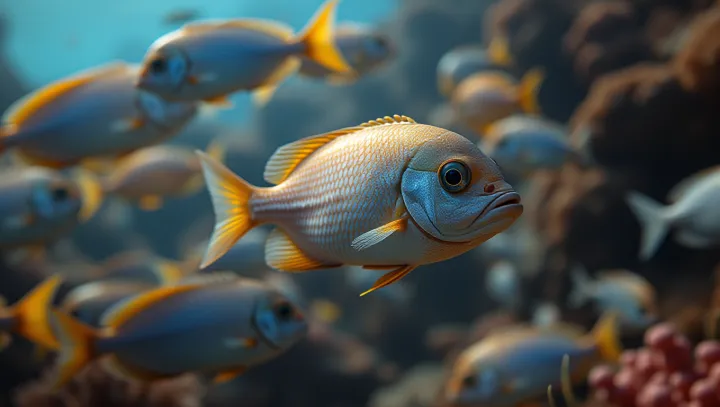Unveiling Gender Fluidity in Fish Species

Amidst the complex ecosystems of the ocean, particular species of fish exhibit a fascinating ability: gender transformation. This biological marvel, observed in coral reefs and coastal waters worldwide, allows certain fish to switch between male and female roles. It is a vital adaptation that optimizes reproductive success.
Researchers, including Dr. Lin at the Marine Biological Association, highlight that gender fluidity in fish serves as an ecological strategy. Competition for mates or shifts in population dynamics can trigger such transformations.
For instance, when a dominant male is removed from a group, the largest female may transform into the new male. Experts see this ability as a key survival mechanism, ensuring genetic diversity and population stability. With climate change affecting marine environments, understanding these adaptive strategies becomes crucial.
It's a vivid reminder of nature's complexity and the intricate balance fish maintain to thrive. As scientists continue to investigate, the implications for broader ecological and evolutionary studies grow. The insights derived not only deepen our knowledge of fish biology but also shed light on broader questions of adaptability in a rapidly changing world.
